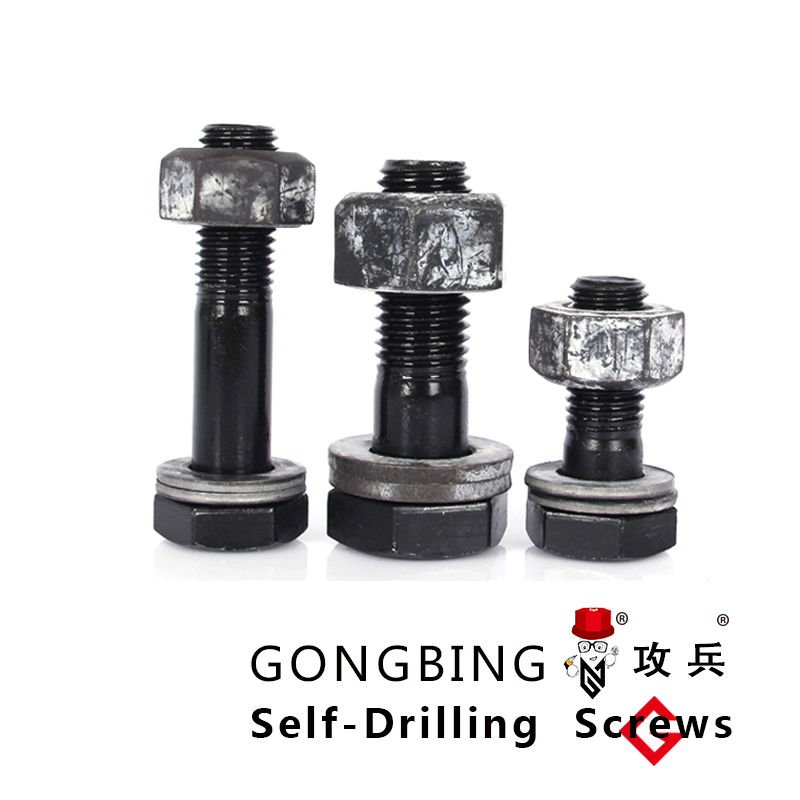steel wall bracing
Steel Wall Bracing A Key Component in Structural Stability
When it comes to constructing safe and durable buildings, structural integrity is paramount. One effective solution for enhancing the stability of structures is the use of steel wall bracing. This method has gained considerable popularity in the realm of civil engineering due to its reliability and efficiency in reinforcing walls against lateral forces, such as wind and earthquakes.
Steel wall bracing systems primarily serve to resist horizontal loads that can act on a building. These forces can arise from various sources, including seismic activity, high winds, or even the weight of the building itself. By integrating steel bracing into the walls, engineers can significantly improve the overall rigidity and strength of the structure.
The most common types of steel wall bracing include diagonal braces, cross braces, and moment-resisting frames. Diagonal braces are installed in a zigzag pattern between vertical studs, effectively creating a triangular framework that distributes stress evenly. Cross braces, on the other hand, utilize a crisscross pattern, which provides additional support and stability. Moment-resisting frames consist of rigid connections between beams and columns, allowing them to maintain their shape when subjected to bending forces.
steel wall bracing

One of the primary benefits of steel wall bracing is its ability to enhance the performance of buildings during seismic events. In earthquake-prone regions, structures are subjected to intense lateral forces that can lead to structural failure if not adequately addressed. Implementing a steel bracing system can significantly reduce the risk of catastrophic damage, ensuring the safety of occupants and protecting investments.
In addition to its seismic benefits, steel wall bracing also offers advantages in terms of construction efficiency. Steel components are lightweight yet exceptionally strong, which can reduce the overall mass of a building. This characteristic allows for easier handling and installation, ultimately speeding up the construction process. Moreover, steel is a highly durable material, resistant to corrosion and decay, thereby extending the lifespan of the structural framework.
Despite its numerous advantages, implementing steel wall bracing also requires careful consideration. The design must adhere to local building codes and regulations, factoring in the specific environmental conditions of the site. Additionally, financial aspects must be addressed, as the initial costs for steel bracing can be higher than traditional methods. However, the long-term savings associated with reduced repair and maintenance costs often justify the investment.
In conclusion, steel wall bracing is an essential aspect of modern structural engineering that contributes significantly to the safety and durability of buildings. By effectively resisting lateral forces, it enhances structural performance in the face of natural disasters while also improving construction efficiency. As urban populations continue to grow and climate challenges become more pronounced, the application of steel wall bracing will undoubtedly play a crucial role in safeguarding our built environments. Through thoughtful design and implementation, we can ensure that our structures are not only resilient but also capable of withstanding the forces of nature.
-
Wedge Anchor Bolts: Secure Fastening SolutionsNyheterAug.05,2025
-
Insulation Fixings: Secure and Durable SolutionsNyheterAug.05,2025
-
Full Threaded Studs: Versatile Fastening SolutionsNyheterAug.05,2025
-
Expanding Fasteners: Secure and Reliable SolutionsNyheterAug.05,2025
-
Butterfly Toggle Anchors: Secure and Easy to UseNyheterAug.05,2025
-
Bracing Solutions for Steel StructuresNyheterAug.05,2025
